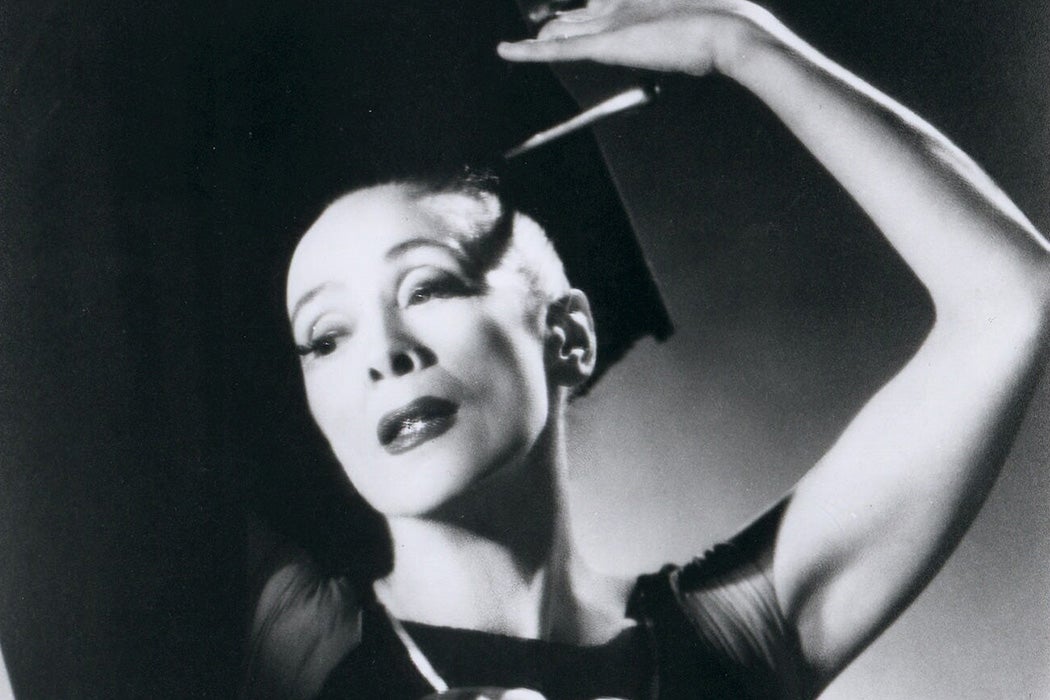American dancer and choreographer Martha Graham (1894–1991) revolutionized modern dance by creating a style that emphasized the expression of inner emotions. Her angular, jagged movements and dramatic use of the torso became known as the “Graham technique,” and it’s had a lasting impact on modern dance.
Henrietta Bannerman, Head of Research at London Contemporary Dance School, argues that Graham’s technique challenged traditional gender roles in dance by emphasizing effort, weight, and force and portraying bold and robust women. During her career, Graham created more than 180 works, including Night Journey, a ballet that explores the complex relationship between gender and power and draws inspiration from the Greek myth of Oedipus and Jocasta. The 30-minute piece examines the maternal perspective of the Oedipus story through Freudian theories.
Although Night Journey recounts only part of the story, Graham transformed the traditional myth into powerful stage images that portrayed a woman’s interior landscape. According to Theater Studies scholar Nurit Yaari, the ballet’s choreography and groundbreaking movements expressed the female experience and tragedy in a modern way. Yaari argues that by “re-reading myth and Greek tragedy from her personal, female dancer’s perspective, [Graham] revealed the feminine narrative locked deep within those traditional male-oriented narratives and shaped them into dance.”
Graham’s contribution to the art of dance went beyond the reinterpretation of myth. “She also developed a new rhetoric of movement, an innovative performative language that enabled her to express the full expanse of the tragedy penetrating women’s soul,” writes Yaari. Watching Night Journey—or any performance of the numerous ballets that comprise Graham’s Greek myth cycles—is to witness the moment “the tragic is born, but this time the tragic is properly feminine.”
Graham’s father was a pre-Freudian psychiatrist, and, as dance historian Ramsay Burt writes, her interest in psychoanalytic theory “was central to the process of creating her ‘Greek’ pieces.” As such, an understanding of Freud’s ideas about gender identity formation through the separation from the mother also offers “insights into the construction of gender roles in Night Journey.”
Weekly Newsletter
Burt explains that Graham’s notebooks show that she was reading material inspired by the Jungian movement influenced by Freud’s ideas about the unconscious, and her use of body metaphors in the choreography of Night Journey can be seen as a way of giving expression to unconscious memories and desires, a central theme in Freudian psychoanalysis. While Graham’s personal views on feminism were complex and nuanced, her performative language and choreography have been interpreted as an expression of unconscious feminine memories and desires. In the words of Bannerman,
Graham’s strength as a female performer was not allied to her social or political views but to her determination to discover and shape choreographic methods through which to express her identity as an independent and empowered artist.
To this day, Graham’s legacy as a dancer and choreographer continues to inspire artists in a variety of ways, and her work continues to fuel conversations about gender, power, and the feminine experience of the world.







